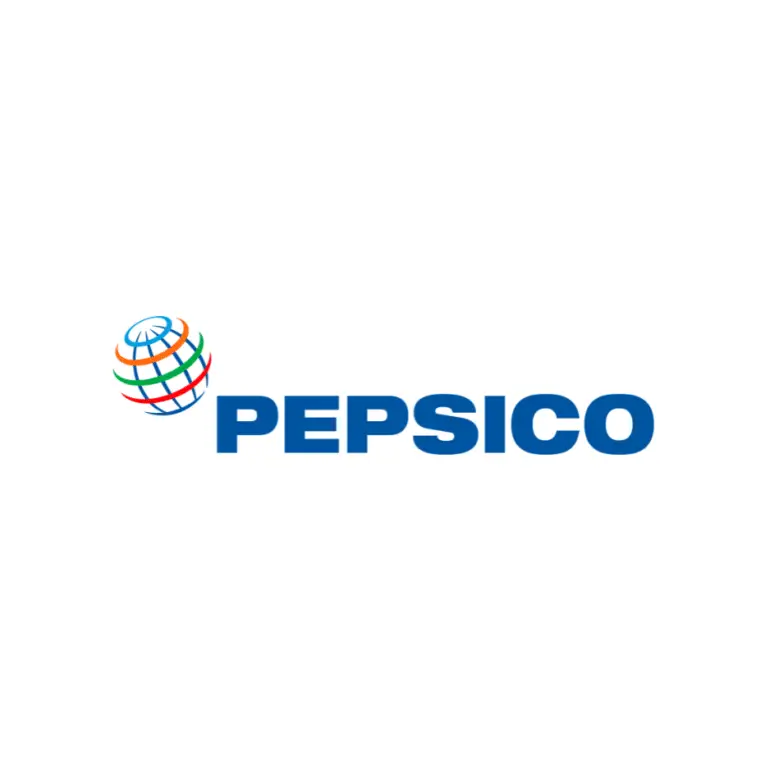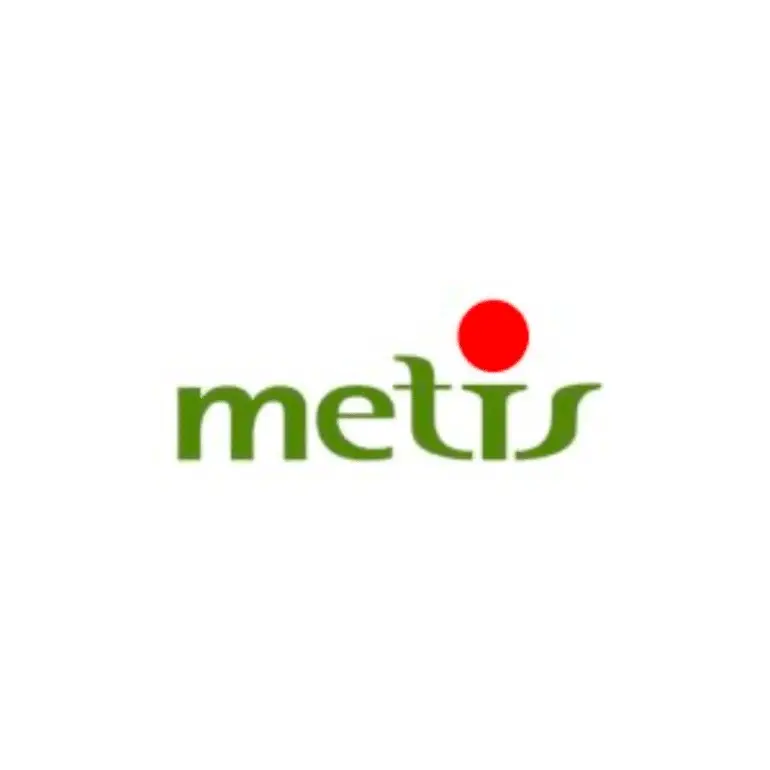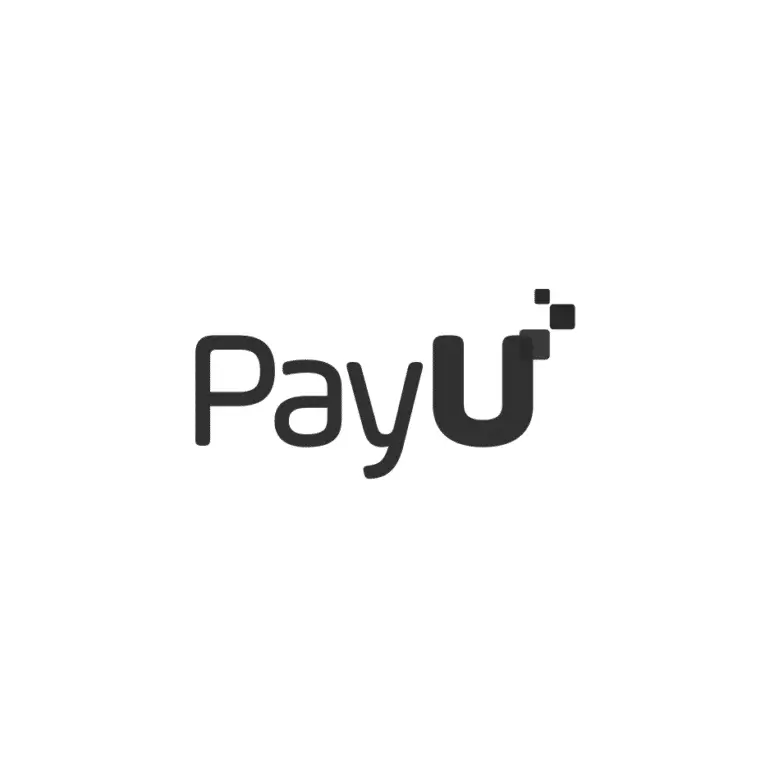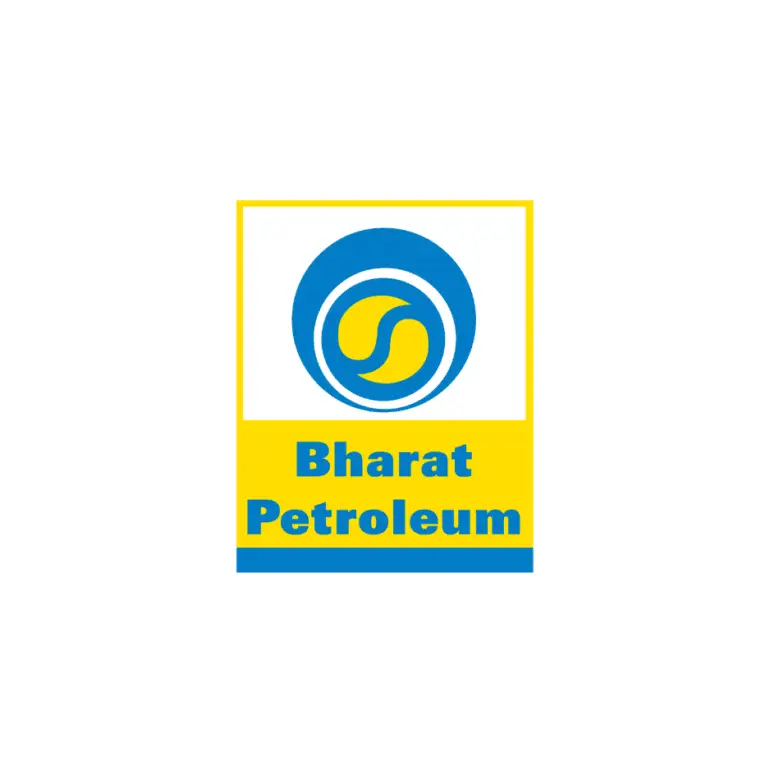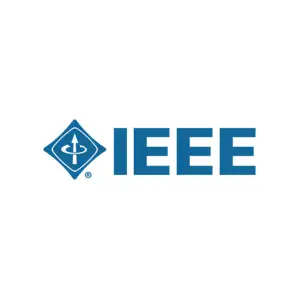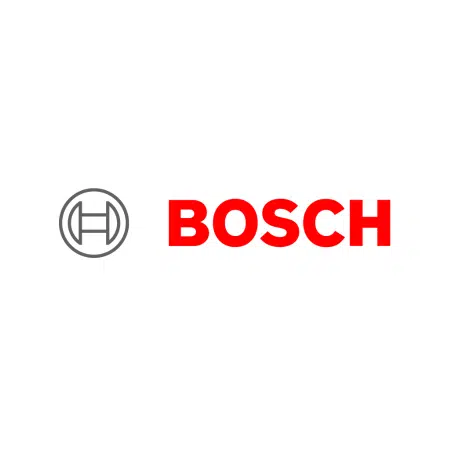PODCAST FAQ's
What is a podcast?
A podcast is a digital audio or Video program, typically available as a series of episodes, that you can download or stream online. Think of it like a radio show, but on-demand and often tailored to specific interests—ranging from storytelling and education to interviews and entertainment. Podcasts are usually hosted by individuals or groups and can be accessed through platforms like Spotify, Apple Podcasts, or on video on YouTube and Linkedin.
How do podcasts work ?
Podcasts are produced by individuals or a podcast agency like Spooler Podcasts and distributed on platforms like spotify and YouTube. Once uploaded, listeners can subscribe to the podcast via an app or website, receiving new episodes automatically as they’re released. Most podcasts are free, though some offer premium content for a fee.
What makes podcasts different from other media ?
Unlike traditional radio or TV, podcasts are highly flexible—you can listen anytime, anywhere, whether you’re commuting, working out, or relaxing. They’re also niche-driven, meaning there’s likely a podcast for almost any topic you’re passionate about, from true crime to quantum physics.
How can podcasts help with omni-channel content distribution ?
Podcasts are a powerful tool for omni-channel distribution because their core content—ideas, stories, or expertise—can be repurposed across multiple formats:
Audio: The podcast itself is the anchor, distributed via platforms like Spotify or directly on a website.
Video: Record the session with video, and you’ve got content for YouTube, TikTok, or Instagram Reels.
Text: Transcribe episodes into blog posts, articles, or eBooks, perfect for SEO or email newsletters.
Social Media: Clip short audio snippets or quotes for X posts, Instagram stories, or LinkedIn updates to drive engagement.
This multi-format approach amplifies reach, letting creators connect with audiences wherever they are—whether they prefer listening, watching, reading, or scrolling. Spooler Podcasts Specializes in Omnichannel distribution of your podcasts.
How can podcasts help brands and businesses ?
Podcasts can be a game-changer for brands and businesses, offering a versatile and engaging way to connect with audiences, build trust, and drive growth.
Here’s how they can help:
1. Boost Brand Awareness
Podcasts put a brand’s voice—literally—into the ears of potential customers. By creating or sponsoring content that aligns with their values or industry, businesses can reach niche audiences who are already interested in relevant topics. For example, a fitness brand could launch a podcast about wellness trends, subtly weaving in their products while establishing visibility.
2. Establish Thought Leadership
A podcast allows businesses to showcase expertise and position themselves as industry leaders. Sharing insights, interviewing experts, or discussing trends gives brands credibility and builds trust with listeners. A tech company, for instance, could host a series on emerging innovations, proving they’re ahead of the curve.
3. Deepen Customer Relationships
The intimate, conversational nature of podcasts fosters a personal connection. Hearing a CEO, employee, or brand ambassador speak directly to them makes listeners feel like insiders. This authenticity can turn casual listeners into loyal customers who trust the brand’s story and mission.
4. Enhance Omni-Channel Marketing
Podcasts are a content goldmine for cross-platform distribution:
Audio: The episodes themselves live on platforms like Spotify or Apple Podcasts.
Video: Record sessions for YouTube or short clips for TikTok and Instagram.
Text: Transcribe episodes into blogs, whitepapers, or newsletters.
Social Media: Share soundbites, quotes, or behind-the-scenes moments on X, LinkedIn, or Facebook.
Radio: Heard around the world on Spooler Podcast Radio
This multiplies touchpoints, ensuring the brand reaches audiences wherever they engage.
5. Drive Engagement and Leads
Podcasts can include calls-to-action—like visiting a website, signing up for a newsletter, or trying a product—embedded naturally in the conversation. Listeners who enjoy the content are more likely to take these steps, turning passive consumption into active interest. A business could even offer exclusive discounts to podcast fans, incentivizing conversions.
6. Cost-Effective Marketing
Compared to traditional advertising or video production, podcasts are relatively low-cost to produce. With basic equipment and a clear strategy, businesses can create high-impact content without breaking the bank. Sponsoring an existing podcast is another affordable way to tap into established audiences.
7. Humanize the Brand
Podcasts let businesses tell their story—why they started, what they stand for, or how they solve problems. Featuring employees or customers adds a human touch, making the brand relatable and memorable. A small business owner sharing their journey, for example, can resonate more than a polished ad.
8. Tap Into Niche Markets
With podcasts covering every imaginable topic, businesses can target specific demographics or interests that align with their offerings. A sustainable fashion brand could create a series on eco-friendly living, attracting environmentally conscious consumers who are likely to buy.
9. Build a Community
Regular episodes create a loyal listener base that feels connected to the brand. Engaging with fans through Q&A episodes, social media shoutouts, or live events strengthens this community, turning customers into advocates who spread the word organically.
10. Measurable Results
Analytics from podcast platforms (downloads, listener demographics) and tied-in campaigns (like unique promo codes) let businesses track ROI. This data helps refine strategies, ensuring the podcast aligns with broader marketing goals.
In short, podcasts give brands a dynamic way to inform, entertain, and connect—building a presence that’s both influential and adaptable in today’s multi-channel world.
What’s the difference between audio and video podcasts?
Audio podcasts are easier to produce, require less equipment, and offer a more immersive listening experience.
Video podcasts are more engaging, work well for YouTube and social media, and are great for branding & visual storytelling.
Can I repurpose my existing content as a podcast?
Turn Your Existing Content into an Evergreen Podcast Library
Your past webinars hold valuable insights—why let them fade away? Spooler helps you repurpose old webinars into professionally edited podcasts, transforming them into an engaging, searchable, and evergreen knowledge bank that continuously delivers value. Content Curation & Selection – We identify high-impact webinar content suitable for podcast adaptation. Audio Enhancement & Editing – Clean up webinar audio, remove redundancies, and optimize sound for an immersive listening experience. Narrative Refinement – Add professional intros, outros, and contextual framing to make webinars podcast-friendly. Distribution & Branding – Publish on Spotify, Apple Podcasts, and YouTube, with branded artwork and show notes. Content Indexing & Knowledge Hub Creation – Organize podcasts into an easily accessible content repository for internal teams or public audiences. Maximize ROI on Existing Content – Extend the life and reach of your past webinars. Increase Audience Engagement – Make knowledge accessible anytime, anywhere—without screen dependency. Enhance Internal & External Learning – Build a structured knowledge bank for employees, customers, or industry followers. Boost SEO & Discoverability – Well-indexed audio content attracts more listeners and improves search rankings. Seamless Content Strategy – Easily repurpose clips into blog posts, social media snippets, and marketing materials.
What are the different types of podcast distribution?
Podcast distribution can be Free (Public) or Enterprise (Private/Premium):
Free Distribution: Spotify, Apple Podcasts, Google Podcasts, Amazon Music, etc. – best for growing a public audience.
Enterprise Distribution: Private/internal podcasts for corporate training, paywalled content, and advanced analytics with platforms like Megaphone, Omny Studio, or Captivate.
Why You Need an SEO-Optimized Transcript of Your Podcast for Your Website
A well-optimized transcript of your podcast is more than just a text version of your episode—it’s a powerful SEO tool that boosts discoverability, enhances user experience, and increases audience engagement.
Key Benefits: Improves Search Engine Rankings – Search engines can’t "listen" to podcasts, but they can read text. A transcript helps index your content, making it easier for potential listeners to find you via Google. Increases Website Traffic – Transcripts provide long-form, keyword-rich content that attracts organic search traffic to your website. Enhances Accessibility – Not everyone listens to audio. A transcript ensures that deaf, hard-of-hearing, or non-native speakers can still engage with your content. Boosts Engagement & Retention – Users can scan, quote, or reference key points quickly instead of scrubbing through an entire episode. Repurposable Content – Use transcripts to create blog posts, social media snippets, email newsletters, or whitepapers, maximizing content reach. Improves Monetization Opportunities – Sponsors and advertisers prefer SEO-friendly content that ensures greater visibility and reach. An SEO-optimized podcast transcript is a game-changer—it helps your podcast get discovered, rank higher, and reach a broader audience while keeping your content alive beyond the audio format!
What are the Types of Podcast Recording?
The choice between recording in a live studio podcast and a remote video podcast in HD depends on your goals, production quality expectations, and budget. Here’s a breakdown of their key differences and advantages:
Live Studio Podcast Definition: A podcast recorded in a professional studio with in-person hosts and guests, often using high-end microphones, soundproofing, and professional lighting.
Advantages: Superior Audio & Video Quality – Professional-grade microphones, soundproofing, and controlled lighting ensure a crisp, high-quality output. Natural Conversations & Chemistry – Face-to-face interactions enhance engagement, allowing for better flow and energy. Professional Equipment & Setup – You get access to high-end cameras, multi-track audio recording, and studio lighting for a polished production. Minimal Technical Issues – No internet lags, connection drops, or synchronization issues since everything is recorded locally. Stronger Branding – A well-designed studio setup enhances the podcast’s visual appeal and strengthens brand identity.
Challenges: Higher Costs – Renting or maintaining a studio, along with hiring technicians, increases production costs. Geographical Limitations – Guests need to be physically present, which can limit diversity. Scheduling Constraints – Coordinating studio availability and guest schedules can be complex.
2. Remote Video Podcast (HD) Definition: A podcast recorded remotely over video conferencing with HD video and multi-track audio capabilities.
Advantages: Global Guest Access – You can invite experts and guests from anywhere without travel constraints. Cost-Effective – No need for a physical studio, equipment rentals, or travel expenses.
Flexible Scheduling – Easier to coordinate recordings since guests can join from their own space. Multi-Platform Integration – Many remote recording platforms offer easy streaming and integration with podcast distribution services. Scalable Production – Ideal for producing multiple episodes quickly without major logistical efforts. Connect with Spooler Podcasts to get your High Quality, Hassle free Podcasts produced from anywhere in the world.
What are the advantages of Audio and Video Podcasts?
The choice between audio podcasts and video podcasts depends on your content strategy, audience preferences, and production capabilities. Here’s a breakdown of their differences and advantages to help you decide which format suits your needs.
1. Audio Podcast Definition: A podcast that focuses only on audio content, typically distributed on platforms like Spotify, Apple Podcasts, and Amazon Music.
Advantages of Audio Podcasts - Easier & Cheaper to Produce.
More Accessible & Portable – Listeners can tune in while driving, working, or exercising without needing to watch a screen. Faster Production & Distribution – Less post-production effort compared to video. Lower Bandwidth Requirements – Easier for listeners to stream/download, especially in regions with limited internet speed. Encourages Imagination – Listeners engage more deeply as they visualize the conversation. Longer Listener Retention – Audio-only content often holds attention longer (30-60 minutes is common).
Challenges of Audio Podcasts Limited Engagement – No visual elements to capture the audience’s attention. Less Shareability on Social Media – Audio doesn’t perform as well as video on platforms like YouTube, Instagram, or TikTok. Harder to Monetize Visually – No product placements, facial expressions, or on-screen branding opportunities.
2. Video Podcast Definition: A podcast with both audio and video components, often distributed on YouTube, Spotify Video, and other video platforms.
Advantages of Video Podcasts
- Higher Engagement – Viewers can see facial expressions, gestures, and reactions, making conversations feel more personal. Better Discoverability – YouTube and social media algorithms favor video content, increasing organic reach. More Monetization Options – You can earn revenue through YouTube ads, sponsorships, and branded content. Enhanced Branding – Custom visuals, animations, and on-screen graphics make your podcast stand out. Omni channel Distribution of podcasts– Clips can be shared on Instagram Reels, TikTok, and LinkedIn, driving more traffic. Great for Interviews & Demos – Ideal for guest interviews, product showcases, or behind-the-scenes content.
Challenges of Video Podcasts Higher Production Costs – Requires cameras, lighting, and proper editing software. More Time-Consuming – Video editing takes longer than audio-only editing. Requires Visual Attention – Viewers need to watch, which limits consumption during activities like driving. File Size & Bandwidth Issues – Large video files require more storage and better internet connectivity for smooth streaming.
What is Spooler Podcast Consulting Services Offer ?
Empowering Brands to Build World-Class In-House Audio & Video Content Divisions
Spooler Podcast Consulting offers end-to-end strategic guidance for organizations looking to set up and scale their in-house audio and video content divisions. Our expertise spans from strategy formulation to technical execution, ensuring your brand creates high-quality, engaging, and scalable content.
Our Services Include: Content Strategy & Roadmap – We define your podcasting and video content goals, audience segmentation, and content formats to align with your brand's vision. Studio Setup & Technical Infrastructure – From selecting the right recording equipment to soundproofing and setting up multi-camera video podcast studios, we build professional-grade production spaces tailored to your needs. Training & Skill Development – We train in-house teams on best practices for scripting, recording, editing, and post-production using industry-standard tools and AI-driven workflows. Standard Operating Procedures (SOPs) – We implement streamlined workflows and content pipelines to ensure efficiency, consistency, and quality across all content formats. Performance Monitoring & Optimization – Our consulting includes customized dashboards for tracking audience engagement, analytics, and ROI to refine strategies for maximum impact.
With an award winning team that has built and led hundreds of radio stations and managed top digital media brands across India, we bring unparalleled experience in storytelling, technology, and audience growth. Whether you are a brand, publisher, or media house, we equip you with the tools, strategies, and expertise to own and operate your content ecosystem with confidence.
What is Spooler Podcast Producer Partner Program ?
Your Dedicated Podcast Production Team—For a Single, Affordable Fee
Why pay per podcast when you can partner with Spooler and get a dedicated team of industry experts at a fraction of the cost? With our Podcast Producer Partner Program, you gain access to world-class podcast production services under a simple, all-inclusive pricing model—ensuring consistent, high-quality content without the hassle of per-episode costs.
What You Get as a Partner: End-to-End Production – From ideation to final mastering, we handle scripting, recording, editing, and publishing. Expert Audio & Video Editing – Broadcast-quality audio, professional-grade video production, and seamless post-production. Distribution & Growth Strategy – We optimize your podcast for platforms like Spotify, Apple Podcasts, and YouTube, ensuring maximum reach. Custom Branding & Marketing – Tailored show branding, episode artwork, and promotional content for social media. Analytics & Performance Insights – Actionable reports to track listener engagement, growth, and ROI.
Why Choose the Producer Partner Program? Consistent, High-Quality Content – No compromises, just premium podcasts produced by a team with decades of experience in radio, digital media, and storytelling. Cost-Effective & Scalable – Get top-tier production services at a fixed, predictable cost—no per-episode billing. Dedicated Podcast Team – Work with professionals who understand your brand, audience, and goals to create compelling content. Flexible & Hassle-Free – Focus on your message while we take care of the production, distribution, and optimization.
What is Pre Production In Podcast Production ?
A podcast producer is the architect of the show, ensuring everything is planned, structured, and set up before recording begins. Their role in pre-production is crucial to creating a smooth workflow, high-quality content, and a well-organized podcast.
A well-planned podcast starts with strong pre-production! The producer plays a key role in making sure everything runs seamlessly, from concept to execution.
Why Use Short-Form Content from Podcasts on Social Media?
Repurposing podcast content into short-form clips for social media is a powerful strategy to maximize reach, engagement, and discoverability. In today’s fast-paced digital world, short, impactful content helps attract new listeners and drive traffic to full episodes.
Key Benefits: Boost Discoverability – Platforms like Instagram Reels, TikTok, YouTube Shorts, and LinkedIn favor short-form video/audio content, increasing organic reach. Higher Engagement – Bite-sized clips with compelling moments, soundbites, or quotes grab attention quickly and encourage sharing. Repurpose & Extend Content Life – Instead of a one-time podcast release, short clips keep the conversation going across multiple platforms. Drive Podcast Growth – Well-edited teaser clips entice users to check out the full episode on Spotify, Apple Podcasts, or YouTube. Adapt to Different Audiences – Short-form content appeals to both casual scrollers and loyal listeners, helping convert them into subscribers. Monetization & Branding – Sponsored clips, call-to-actions, and embedded branding in short-form videos can generate revenue and strengthen brand identity. Short-form content is the bridge between your podcast and a larger audience. By leveraging snippets, highlights, and engaging moments, you can turn passive social media users into active podcast listeners!
Why You Should Embed Your Podcast on Your Website
Embedding your podcast on your website is a smart strategy to enhance audience engagement, boost discoverability, and drive more traffic to your content. Instead of sending listeners away to third-party platforms, you create a central hub for your podcast, strengthening your brand and improving user experience.
Key Benefits: increase Website Traffic & SEO – Search engines prioritize websites with rich media content like embedded podcasts, improving your rankings and discoverability. Enhances User Experience – Visitors can listen directly without leaving your site, keeping them engaged with your brand longer. Boosts Engagement & Conversions – A well-placed podcast player encourages users to explore more content, subscribe, or take action (like signing up for a newsletter). Strengthens Brand Authority – Hosting your podcast on your website makes it a trusted knowledge hub, reinforcing your expertise in your niche. Improves Content Monetization – More direct traffic means better analytics, ad opportunities, and sponsorship potential for your podcast. Seamless Integration with Other Content – Pair your podcast with SEO-optimized show notes, blog posts, transcripts, and social media links to maximize content value. Your website should be the home of your podcast! Embedding it ensures better control, audience retention, and long-term content visibility.
Types of Audio Podcast Distribution & Why You Need It
Podcast distribution falls into two main categories:
Free Distribution (Public Platforms)
Your podcast is hosted on free platforms and syndicated across major directories like: Spotify, Apple Podcasts Amazon Music, iHeartRadio, Stitcher, Pocket Casts, etc.
Best for: Independent podcasters, startups, and content creators looking to grow an audience.
Enterprise Distribution (Private & Premium Hosting)
Ideal for brands, businesses, and organizations requiring advanced features such as: Private/Internal Podcasting (for employee training, corporate updates, premium content). Advanced Analytics (detailed listener insights, engagement tracking). Monetization & Paywalled Content (subscription models, exclusive content). Custom Branding & White-Label Solutions (custom apps, branded players). Multi-Platform Integration (website embeds, CRM, learning management systems).
Best for: Corporations, media networks, content-driven businesses, and premium content creators.
Choosing the right distribution model depends on your podcast’s goals! Whether you're growing a public audience or building a premium, branded experience, proper distribution is key to long-term success.
We are your podcast partners for production and consulting services. We craft exceptional podcasts in live or virtual audio & video.
0
+
Podcasts
0
+
Partners
Grow your business through weekly podcast interviews. Every podcast interview marks the beginning of a valuable new relationship. Spooler Podcasts makes this possible, helping you expand your network and drive business growth through meaningful conversations.
Schedule Your Call With Us
Curious if podcasting is the right fit for your brand or business? Schedule a call with our podcast expert today to explore how podcasting can elevate your reach and engagement.
OUR
ADDRESS
Spooler Podcasts
Koramangala 6th Block, Bengaluru, Karnataka 560095
(+91) 80739-75425
connect@spooler.in


